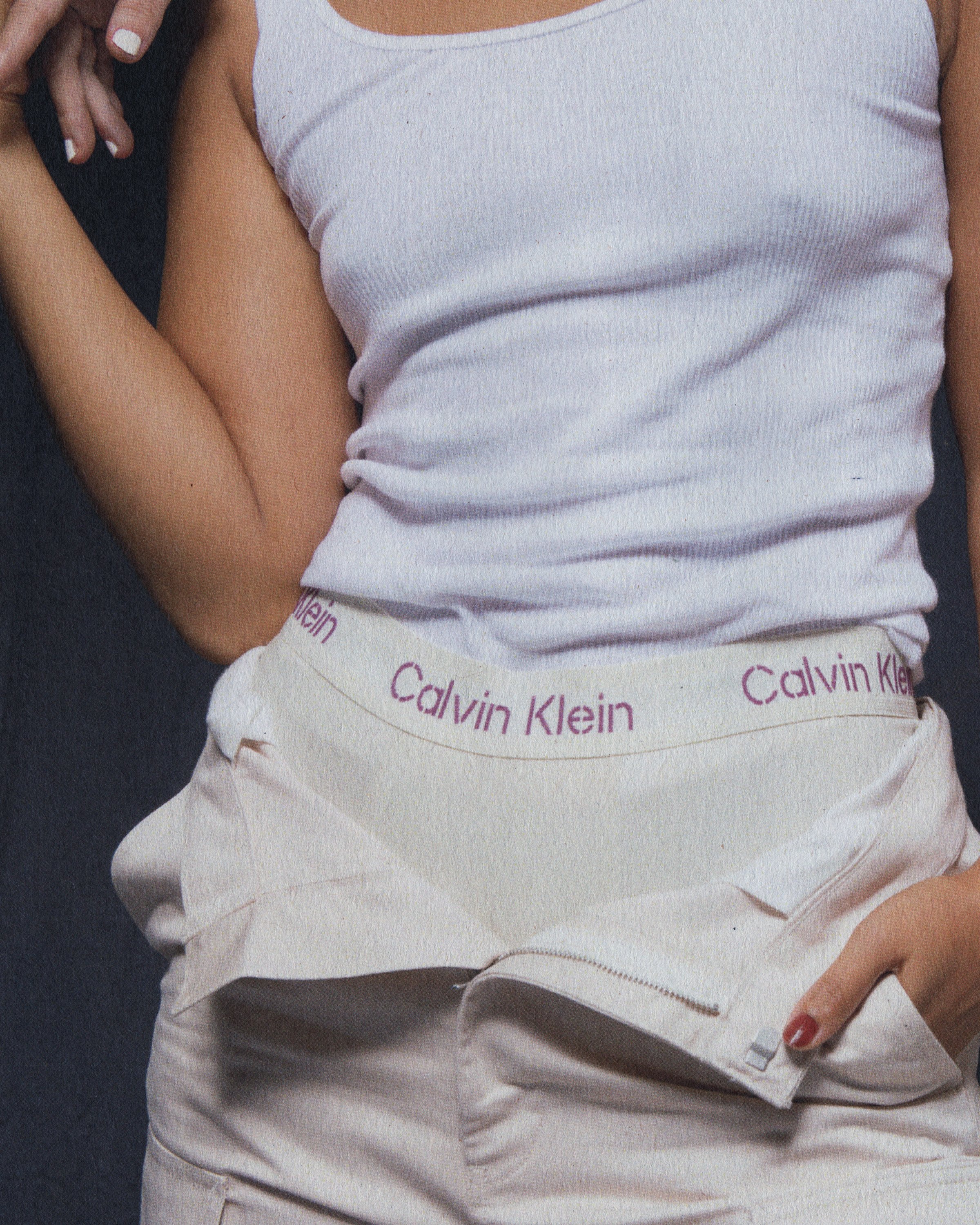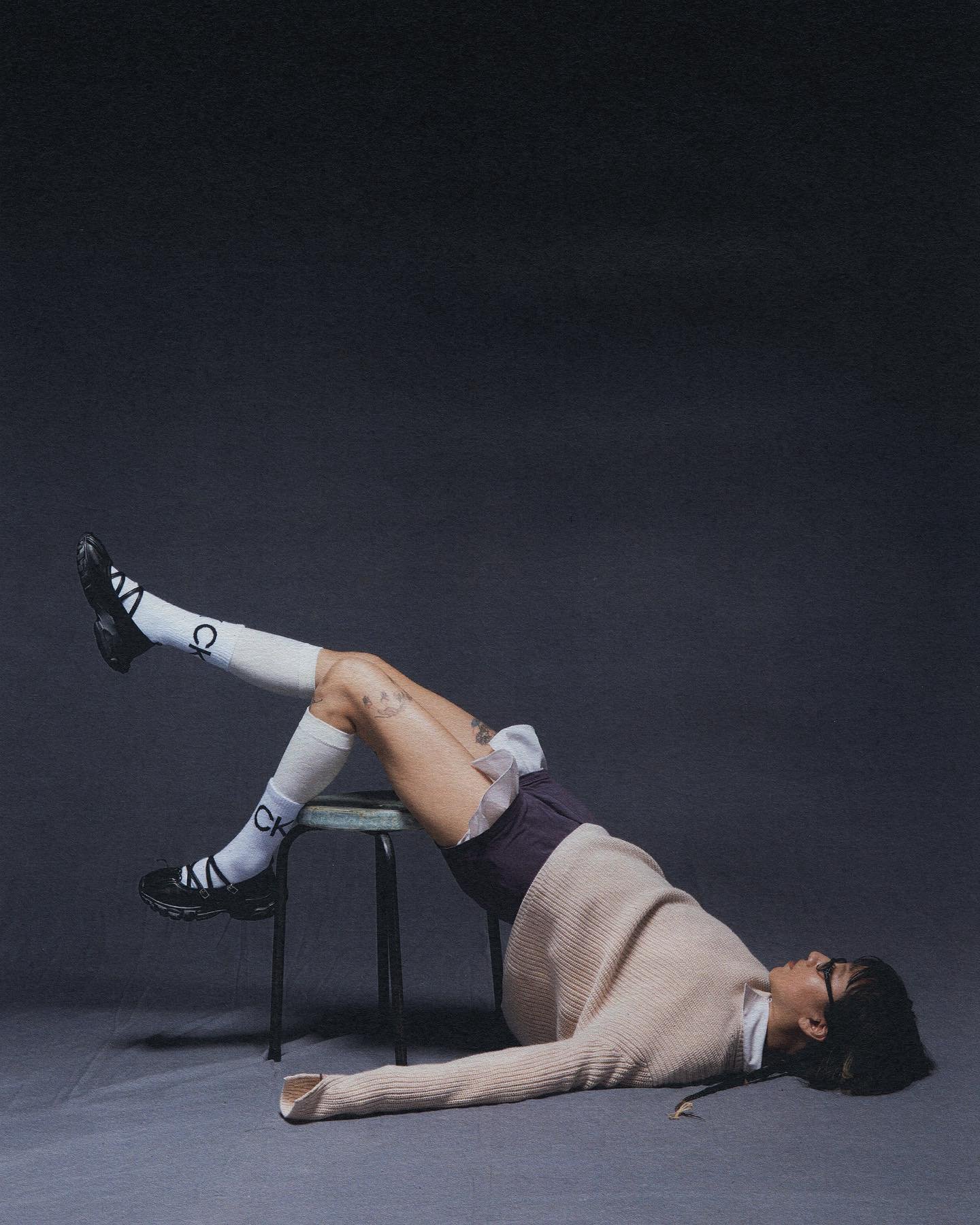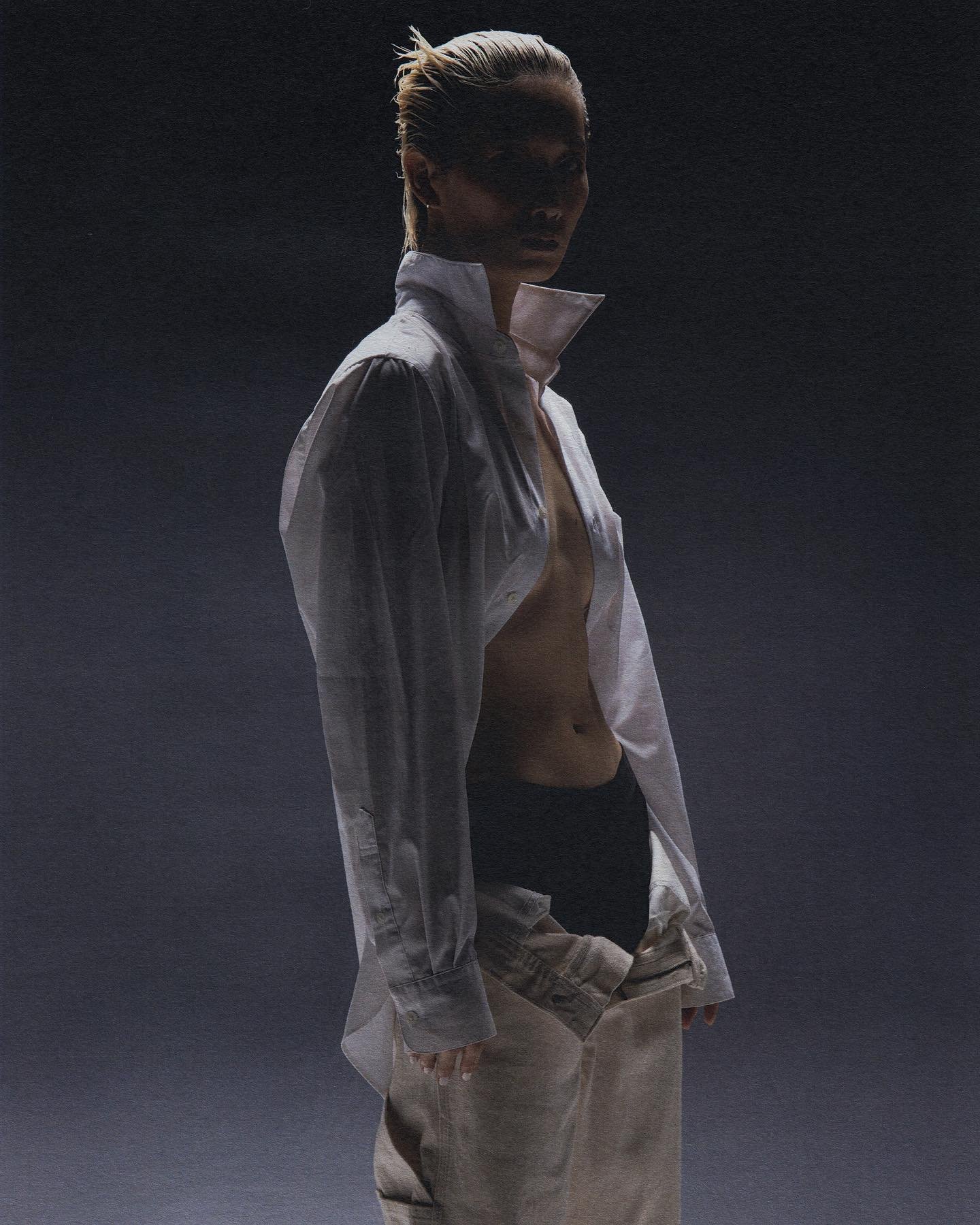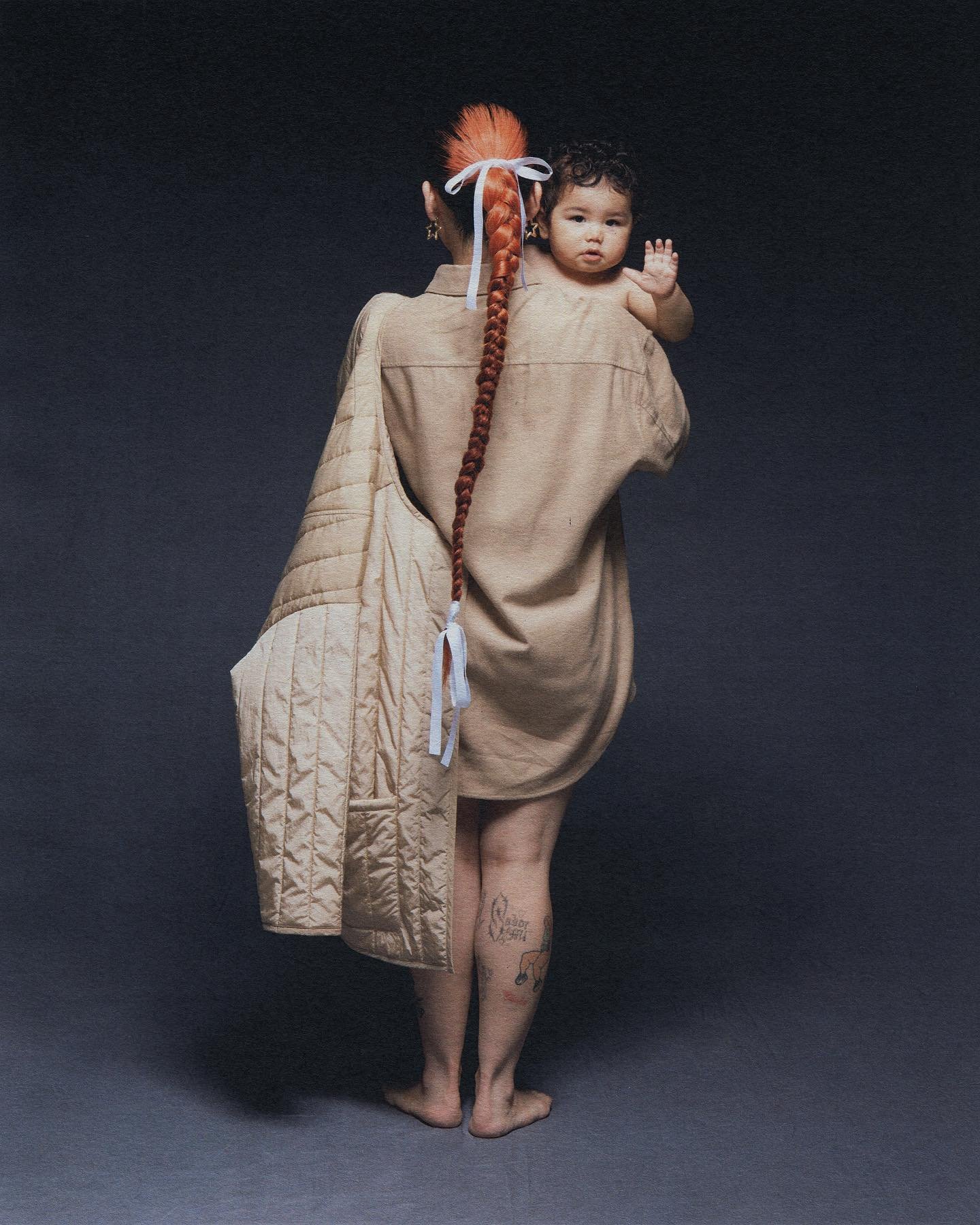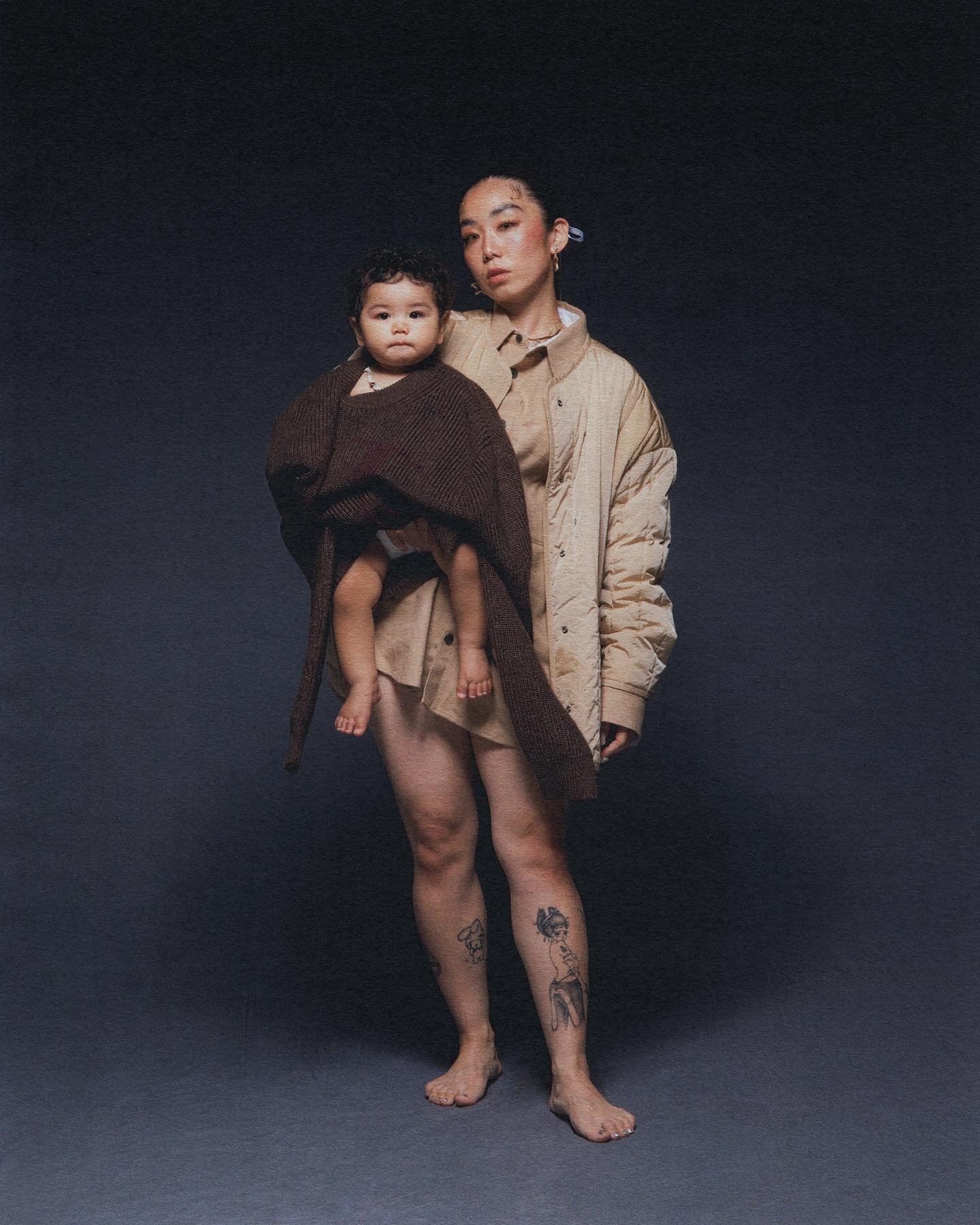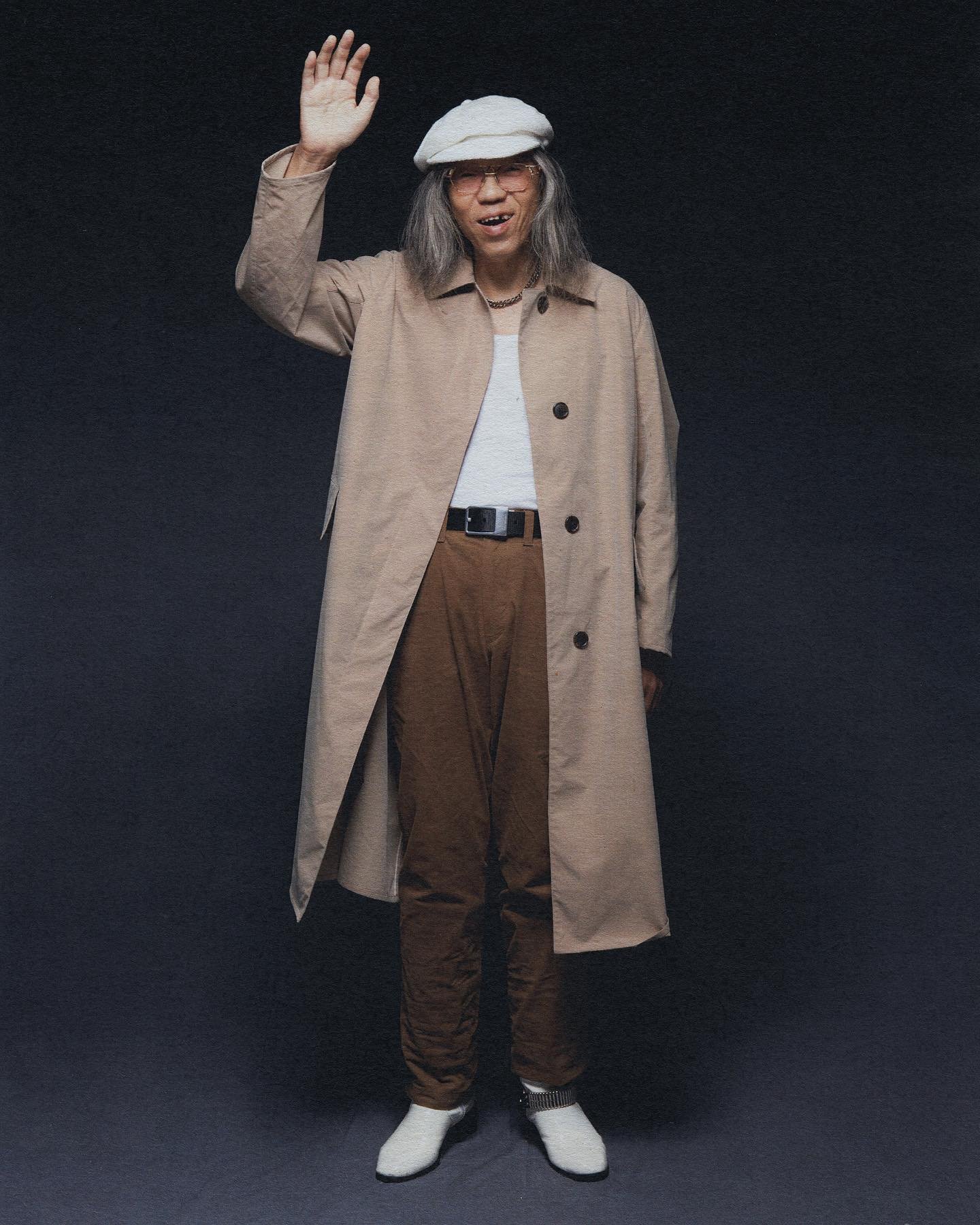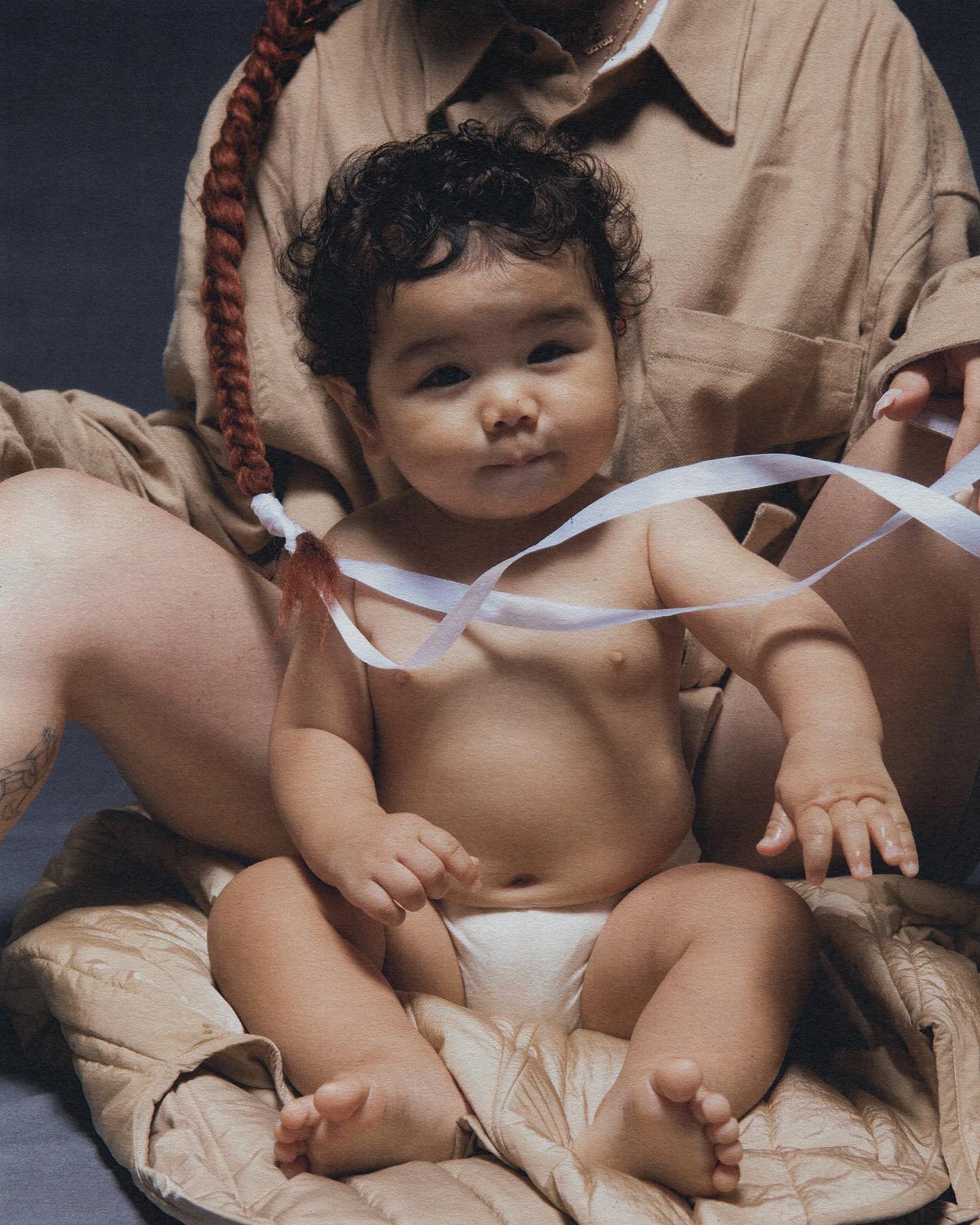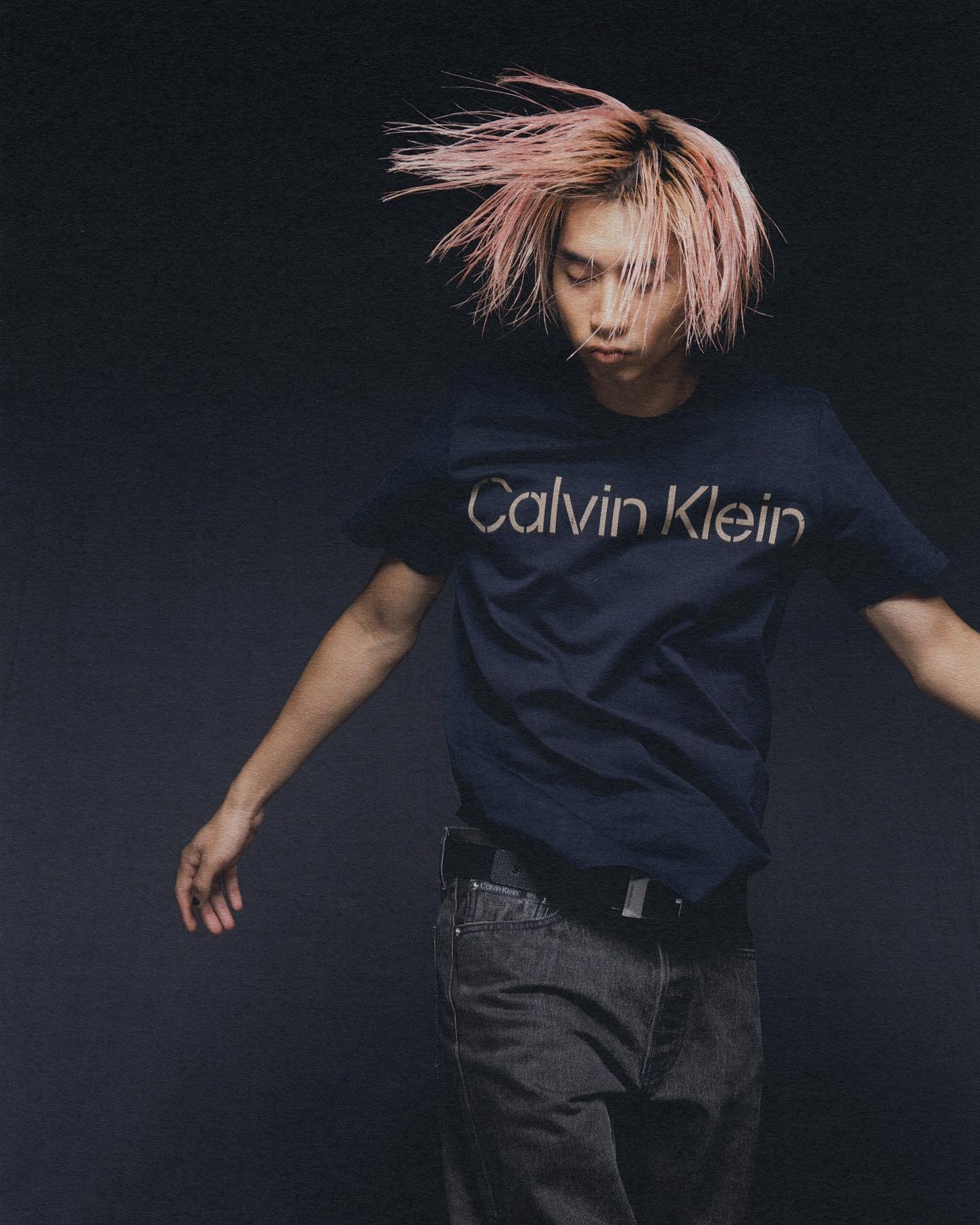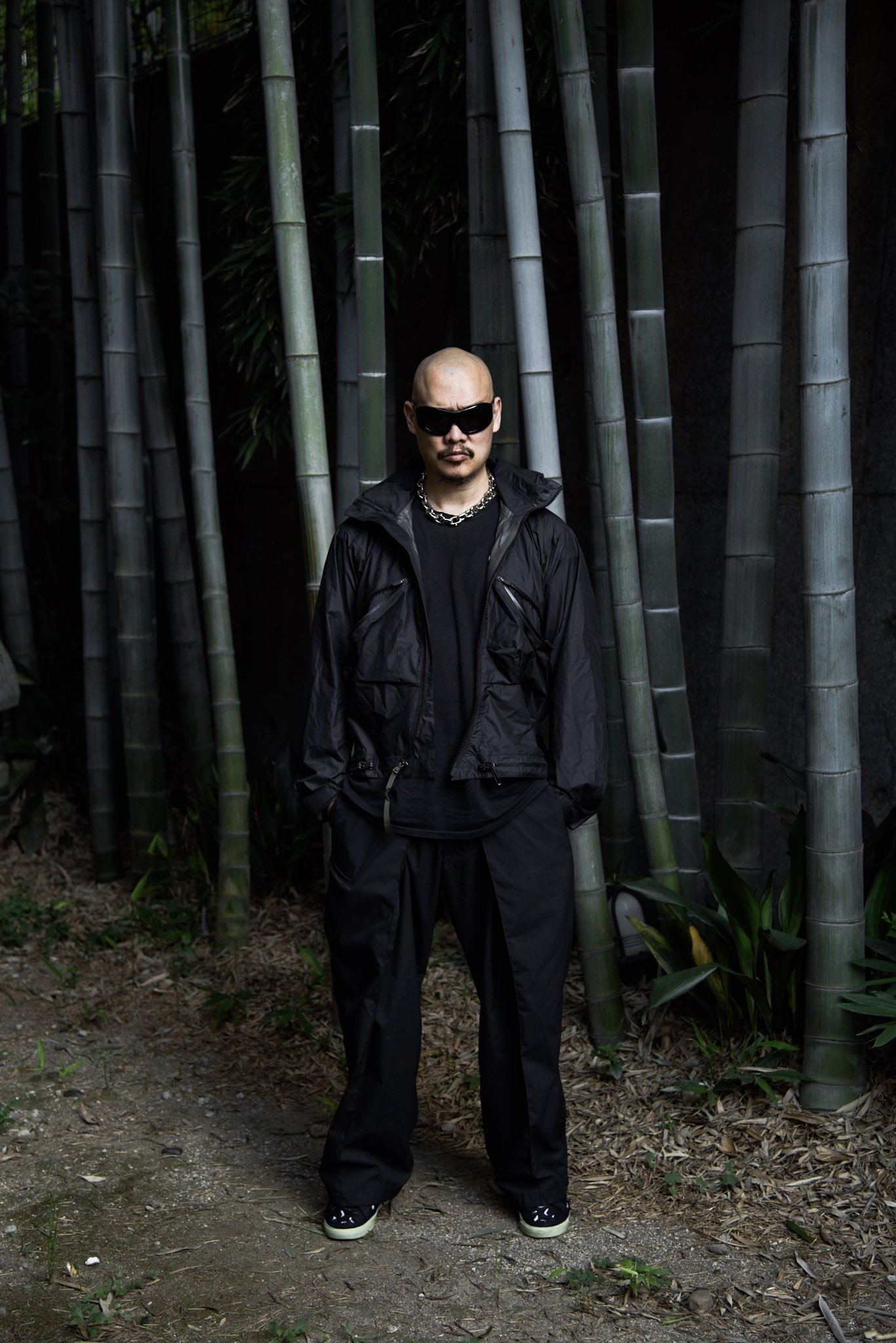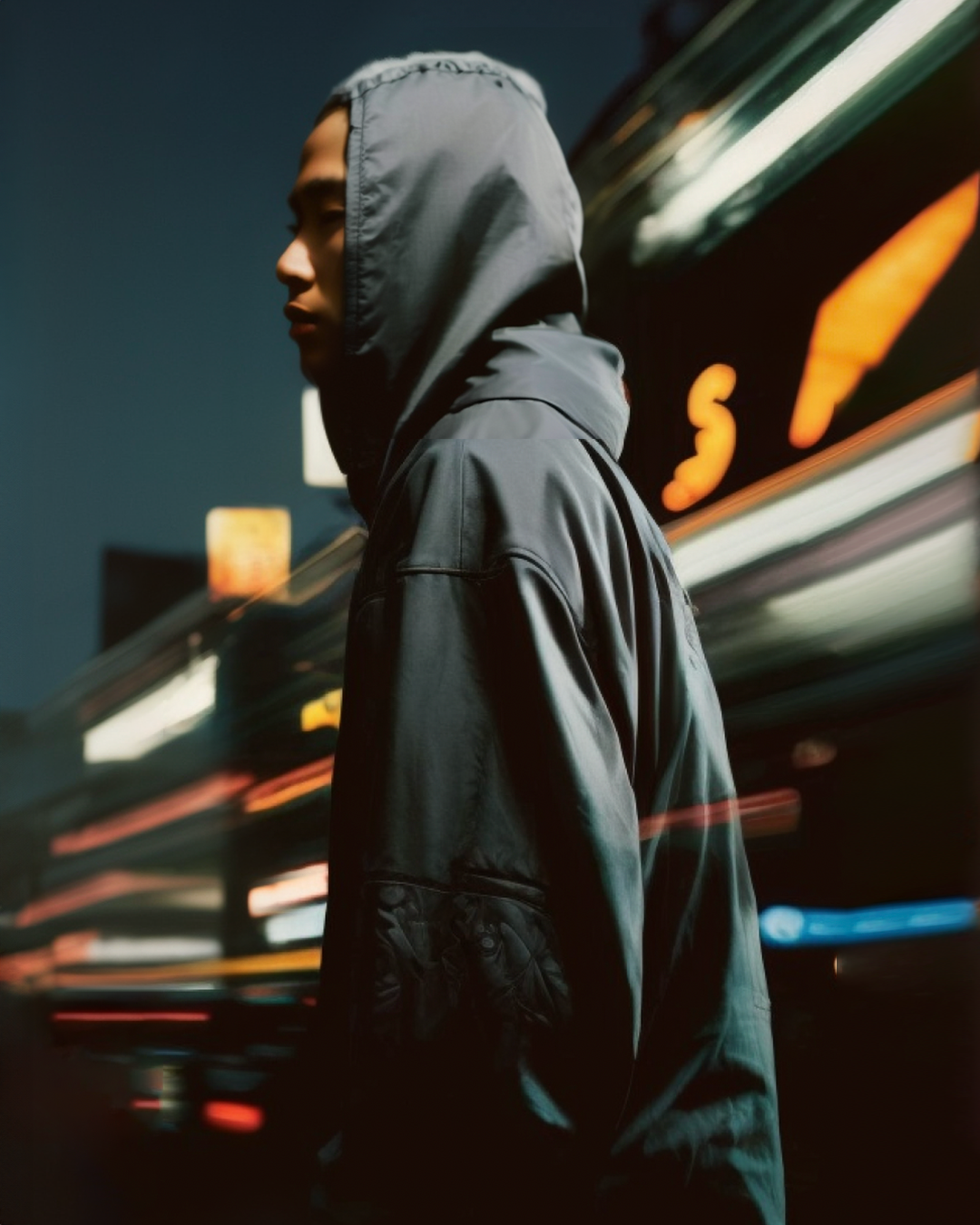Creating History - Calvin Klein’s Heritage Tells the Future

We all know, love, and admire Calvin Klein as a brand. The New York-born paragons have become a synonymous entity in the fashion world, from its underwear line that is worn by the entire world to the historical campaigns and shoots that have inspired countless more after them. Few brands manage to climb the heights that Calvin Klein has achieved in its 55 years of business, and even fewer have managed to attain the accolades and milestones that the cult sensation has achieved. With a brand such as this, there is no wonder that its history is vast and tells us an expansive story that helps to articulate why today, an archive is so important.
“As we evolve as a species, so does our design language. Diving into the archive allows us to actually evolve our design language, making it slightly better every time instead of always starting from ground zero.”
Today more than ever, brands that have this defining history are the ones that are standing the test of time. We live in a period where products are coming out faster than ever, consumerism is at the highest it has ever been, and the markets are saturated beyond belief. Because of this, the term ‘archive’ has a much greater impact than ever before. What has gone from a coined phrase by a niche and small group of collectors has now transformed into an educational platform, a vault of strategy building, and a memory lane that could tell us the future of fashion.
But why is the history of a brand so important now, and how does this relate to Calvin Klein? To unwind this vast blanket of archival knowledge, we have linked up with 5 pinnacle people when it comes to archive knowledge to talk about their experience of Calvin Klein's heritage. From collectors to cultural enthusiasts, we have conversated with UK-based Inside Tag, the Virgina-based Constant Practice, Milan-based Archived Dreams, UK-based Samutaro, and our very own Japan-based Vloqee for an international investigation into why Calvin Klein is a brand that has aided in people's obsession with fashions history.
“They aren’t afraid to challenge social norms and this is what makes them so iconic”
Inside Tag is a UK based collector and consultant, selling some of the most sought-after vintage performance-based clothing and consulting with major brands on their product strategy.
Constant Practice is an archivist and educational platform, diving incredibly deep into unearthed gems that span the entire history of fashion. They are arguably one of the founding fathers of this new era of archive fashion.
Archived Dream is a cultural platform that bridges the gap between design, art, and fashion. A home for enthusiasts who want to learn more, discover something, or be inspired.
Samutaro is one of the most in-tune new media outlets of today's age, having an insurmountable knowledge of the past, present, and the potential future. They never miss a beat, nor forget an influential one.
Vloqee is a true encyclopedia of fashion and pop culture. A collector and a lover of memorabilia, he can name a year a product was released, a model who was used in a campaign, or what chair you're sitting on right now reading this just by looking at the legs.
First of all, to understand the importance of Calvin Klein when speaking about archive fashion, we must first take a brief but intricate look at its journey. In the late 1960s, a sartorial revolution began brewing in the heart of New York City. Calvin Klein, alongside Barry K. Schwartz, founded the eponymous brand in 1968. What started as a modest coat shop soon evolved into a symbol of sophistication, setting the stage for the brand's meteoric rise.
Calvin Klein's journey commenced with an emphasis on clean lines and timeless elegance. The early '70s witnessed the unveiling of a groundbreaking women's sportswear line, a precursor to the brand's minimalist design ethos. This period laid the foundation for the Calvin Klein aesthetic that would come to define modern American fashion.
The 1970s marked not only the expansion into men's sportswear but also a daring foray into provocative advertising. In 1978, Calvin Klein's campaigns featuring the alluring Brooke Shields and the provocative tagline "You know you want it" challenged traditional norms and captured the spirit of the times. This period showcased the brand's commitment to pushing boundaries and started a new era of advertisement as a whole.
This tagline set the premise for what Calvin Klein would truly harness ever since; provocative messaging and true lust for something. It was sexy, naughty, and desirable, but never not obtainable. The brand created a relatable window into fashion that was vastly under-represented at the time, but it wasn't until soon after that their advertisement would take this and amplify it, making some of the most memorable campaigns of all time.
“When I think of Calvin Klein, It’s always Bruce Weber’s and Richard Avedon’s campaigns that come to mind for me. It’s like the staple of Calvin Klein back in the day, and what built the image of the Calvin Klein campaigns until now. Glad I could get them on hand before the vintage boom.”
The 1980s saw Calvin Klein's transition to a publicly traded company, solidifying its status in the fashion industry. Simultaneously, the brand entered the fragrance market with the introduction of Calvin Klein Eternity. However, it was the launch of Calvin Klein Underwear that became a cultural phenomenon. The minimalist designs, coupled with daring advertising featuring Kate Moss, marked a pivotal moment in the history of underwear fashion.
Here is where Calvin Klein really stepped into their own lane. It wasn't a new thing to use superstars to model your clothing, but what Calvin Klein did was special. Tapping into culturally relevant people and then stripping them down into a minimalistic style meant that they were bearing all in a beautifully constructed campaign. It highlighted the product, but also the beauty behind the people; It was sexy but also relatable.
“I am particularly fond of the Steven Meisel series. There’s a 1995 shoot with the models posed in a wood-panelled basement. It has a 70s porn feel to it. Its seedy, suggestive and was certainly very provocative at the time. This represents what Calvin Klein is about. They aren’t afraid to challenge social norms and this is what makes them so iconic and why these campaigns stand the test of time.”
In 1992, Calvin Klein underwent a transformative phase with its acquisition by Phillips-Van Heusen Corporation (PVH). The departure of Calvin Klein as creative director in 1999 paved the way for a new era led by a dynamic design team. The brand navigated changing dynamics in the industry while maintaining its commitment to quality and innovation. Then in the early 2000s, we witnessed Calvin Klein's 40th anniversary celebration, a testament to its enduring relevance.
The brand welcomed designer Raf Simons as chief creative officer in 2016, signaling a shift towards innovation and modernity. Simons' tenure brought a fresh perspective. Under Raf Simons, Calvin Klein explored new creative realms, challenging traditional norms. The brand embraced change, adapting to the evolving fashion landscape. Simons' departure prompted a reevaluation of the brand's direction, setting the stage for future innovations.
“In terms of pieces, some that come to mind and that stand out to me, are ones that Raf Simons designed while at the house. For example, the knited Looney toones knits, the western style tucker jackets in collaboration with Andy Warhol and the beautiful iron tip Chelsea boots that he designed.”
And now we are at today, with Calvin Kein sitting on an empire, able to look back on some of the most pivotal moments in fashion history that they have instigated. So, it is no wonder that as of 2023, they are doing just this and peering into their treasure chest of history and bringing back iconic collections.
Recently, they have reborn the ‘Khaki’s Collection’ - a capsule of clothes focused on minimalism and detailing, truly embodying the Calvin Klein identity. With utilitarian nuances amplifying the already beautiful pieces, the Khaki’s collection of releases already innovated many different silhouettes, finding a perfect balance of simplicity but also being considered. But now, the collection reminds us of why it is so important to sometimes look back, and rather than copy and pasting the formula, reflect on what went well, identifying the current landscape, and then evolving the archival concept.
“Majority of contemporary clothing is referencing past garments anyway, so you are getting the original idea and not a water down revised version of it.”
“When buying older items I feel you are purchasing more than just something you wear, these items hold a nostalgic standpoint from a time when everything was made to entice the consumer to a bigger purpose than the item being just in fashion at this time”
This time, we see more modern silhouettes and detailing fit for the new-age consumer cocoon around classic and timeless styles and colours. What was present in its original Khaki collection concept is all still here, but the modernisation such as materials and pattering reminds us that Calvin Klein not only has a plentiful treasure chest to look back on but understands to take a contemporary take on these heritage pieces.
In today’s modern consumer landscape, people look for exactly this more than ever. Now that we live a life that blends together our lifestyle and work seamlessly, we desire a uniform that can fit all occasions. Archive capsules fulfill this need, due to the quality and consideration usually during the time they were created being higher, and now brands are understanding this and doing the same.
“When I’m buying something I’m looking for problem solving design features that make life easier, and materials that offer longevity.”
We also had the pleasure of working with them to celebrate the revitalization of this iconic ‘Khaki’s collection’ - the archival series of capsules that focused on subtlety and beautiful colouring were brought back to life with a Tokyo spin, again looping back into this entire concept of looking back but creating a conversation with the future. We teamed up with the next generation of Tokyo’s talents for this editorial, showing the bold and future-facing world of Calvin Klein that has always been there.
Calvin Klein here reminds us why today it is so important to look back. This feeling of collecting as a child, for some, never disappears. And when we are given the opportunity to experience an archival collection come back, we get to have the satisfaction of either experiencing it all over again, through a nostalgic surge or finally getting our hands on something that we never had before but always longed for. It is the search, the journey, and finally, the tactile reward that makes fashion so worth it. It's a story. And this story is why archival fashion is so important today.
“Knowing and having something obscure that you like creates a special personal bond with the object.”
Calvin Klein is a brand that has countless stories, from its advertising campaigns, featuring iconic figures like Kate Moss and Mark Wahlberg, to collaborations with renowned photographers such as Richard Avedon and Steven Meisel. Their stories are crafted to the point of putting them on an artistic pedestal, contributing to their iconic status, and without these stories, you have no brand history. This has allowed Calvin Klein to transcend the tactile world of just textiles and fabric, and instead become a part of the history of fashion.
“When buying older items I feel you are purchasing more than just something you wear, these items hold a nostalgic standpoint from a time when everything was made to entice the consumer to a bigger purpose than the item being just in fashion at this time.”
As we delve into Calvin Klein's rich history, it's evident that each era contributed to the brand's evolution. From the daring advertising of the '70s to the innovative spirit of the Simons era, Calvin Klein's ability to adapt and redefine itself has been central to its success. As the brand looks toward the future, one can anticipate new collaborations, innovative designs, and a continued commitment to simplicity, quality, and the provocative spirit that has defined Calvin Klein for decades. The journey is far from over, and Calvin Klein's past is a roadmap to the future of American fashion.



